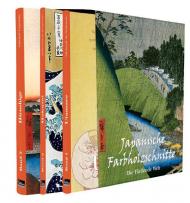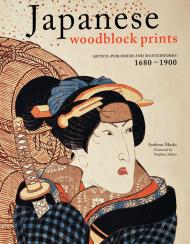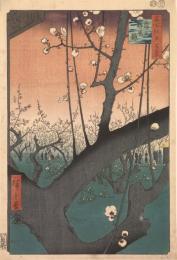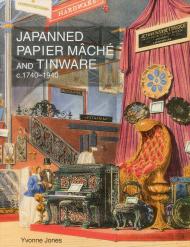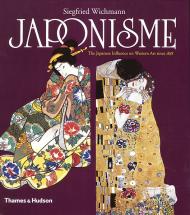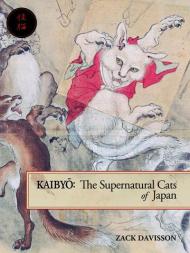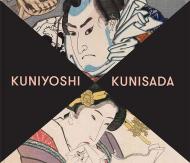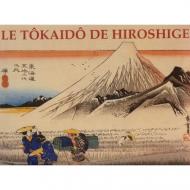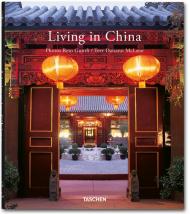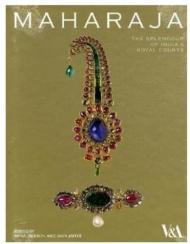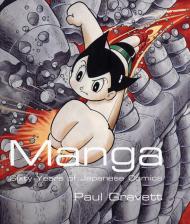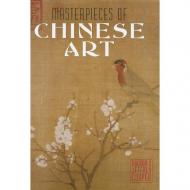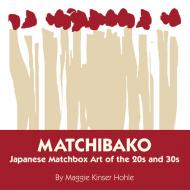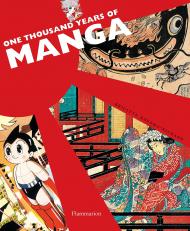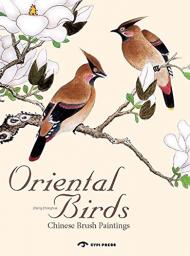A long-overdue history of this fascinating decorative art, illustrated with stunning colour throughout
Includes a directory of japan artists and decorators, and offers details of japanners in the English Midlands, London, Oxford and other European centres, as well as Russia and the United States.
As one of the few decorative arts about which little has been written, japanning is today fraught with misunderstandings. And yet, in its heyday, the japanning industry attracted important commissions from prestigious designers such as Robert Adam, and orders from fashionable society across Europe and beyond.
This book is a long-overdue history of the industry which centred on three towns in the English midlands: Birmingham, Wolverhampton and Bilston. It is as much about the workers, their skills, and the factories and workshops in which they laboured, as it is about the goods they made. It tells of matters of taste and criticism, and of how an industry which continued to rely so heavily upon hand labour in the machine age reached its natural end in the 1880s with a few factories lingering into the late 1930s. Richly illustrated, it includes photographs of mostly marked, or well-documented, examples of japanned tin and papier mâché against which readers may compare - and perhaps identify - unmarked specimens.
Japanned Papier Mâché and Tinware draws predominantly upon contemporary sources: printed, manuscript and typescript documents, and, for the period leading up to the closure of the last factories in the 1930s, the author was able to draw on verbal accounts of eyewitnesses. With a chapter on japanners in London, other European centres, and in the United States, together with a directory of japan artists and decorators, this closely researched and comprehensive book is the reference work for collectors, dealers and enthusiasts alike.
Contents:
From Imitation to Innovation; Enter the Dragon!; The Lion of the District; Japanning & Decorating; Not a Bed of Roses!; Clever Accidents?; Decline of the Midlands Japanning Industry; The Birmingham Japanners; The Wolverhampton Japanners; The Bilston Japanners; Japanners in London and Oxford; Products; Other Western Japanning Centres; Appendices.
